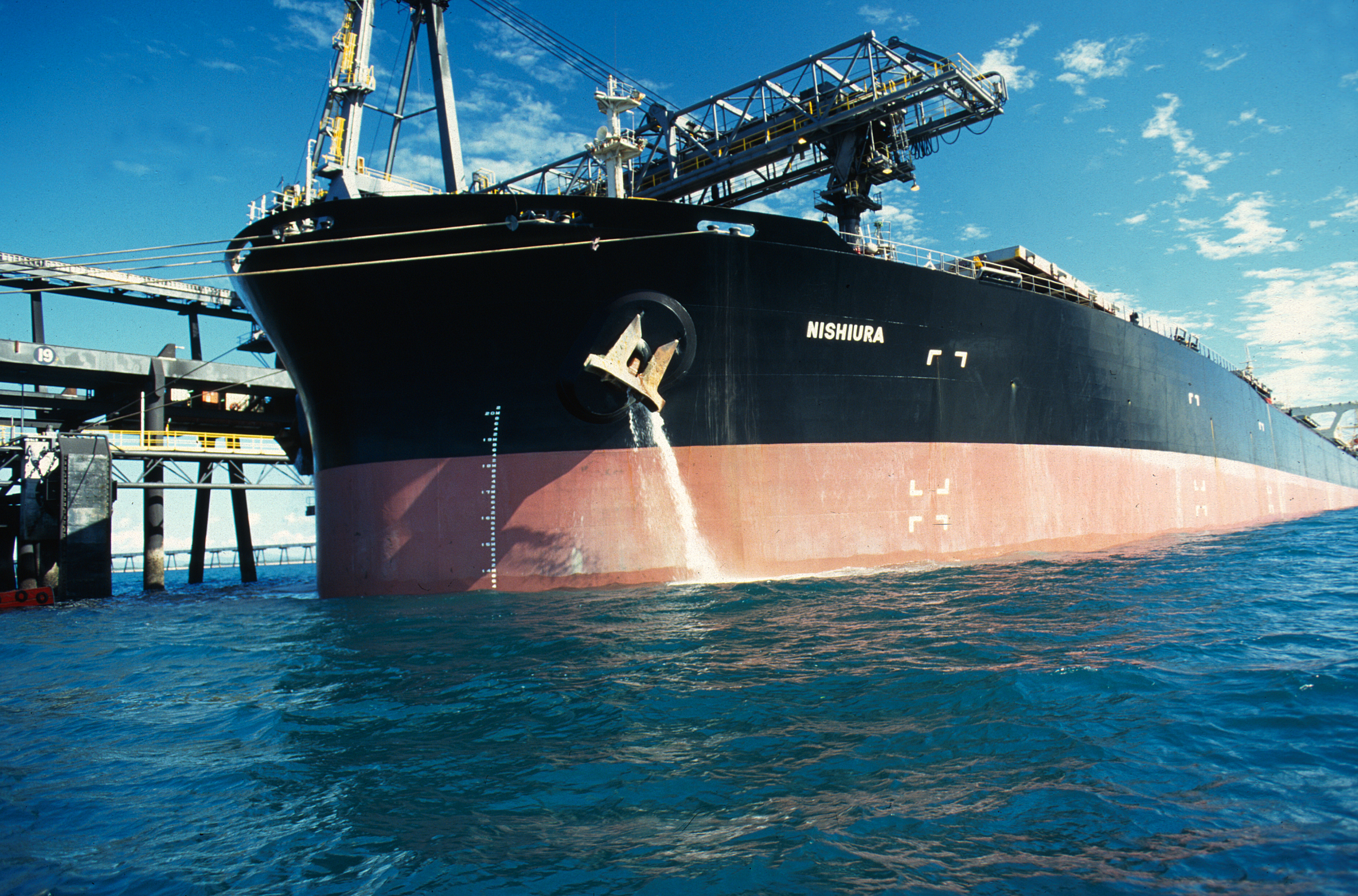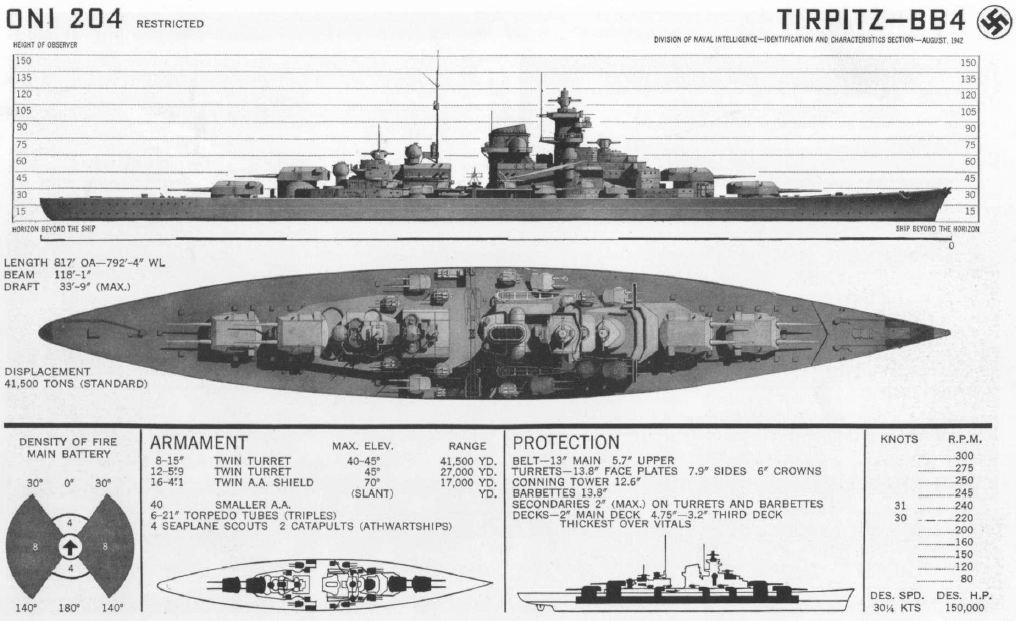|
Seehund
''Seehund'' (German: "seal"), also known as Type XXVII, was a midget submarine built by Nazi Germany during World War II. Designed in 1944 and operated by two-man crews, it was used by the ''Kriegsmarine'' (German Navy) during the closing months of the war, sinking nine merchant vessels and damaging an additional three, while losing 35 boats, mostly attributed to bad weather. The French Navy used four captured boats after the war until 1953. History The origin of the ''Seehund'' began with the salvage of the two British X class submarines and which had been lost by the Royal Navy during Operation Source, an attempt to sink the German battleship ''Tirpitz''. ''Hauptamt Kriegschiffbau'' subsequently produced a design for a two-man submarine based on inspection of the British boats, designated Type XXVIIA and named ''Hecht'' (" Pike"). XXVIIA (Hecht) Like the British X class boats, the Type XXVIIA was designed to carry explosive charges to be laid beneath enemy ships, but it ... [...More Info...] [...Related Items...] OR: [Wikipedia] [Google] [Baidu] |
Midget Submarine
A midget submarine is any submarine under 150 tons, typically operated by a crew of one or two but sometimes up to six or nine, with little or no on-board living accommodation. They normally work with mother ships, from which they are launched and recovered and which provide living accommodation for the crew and support staff. Both military and civilian midget submarines have been built. Military types work with surface ships and other submarines as mother ships. Civilian and non-combatant military types are generally called submersibles and normally work with surface ships. Most early submarines would now be considered midget submarines, such as the United States Navy's and the British Royal Navy's (both named for the same John Philip Holland, designer). Military submarines Uses Midget submarines are best known for harbor penetration, although only two World War II boats, the British X-class submarine, X-craft and the unsuccessful Welman submarine, were specifically designe ... [...More Info...] [...Related Items...] OR: [Wikipedia] [Google] [Baidu] |
Kriegsmarine
The (, ) was the navy of Nazi Germany from 1935 to 1945. It superseded the Imperial German Navy of the German Empire (1871–1918) and the inter-war (1919–1935) of the Weimar Republic. The was one of three official military branch, branches, along with the and the , of the , the German armed forces from 1935 to 1945. In violation of the Treaty of Versailles, the grew rapidly during German rearmament, German naval rearmament in the 1930s. The 1919 treaty had limited the size of the German navy and prohibited the building of submarines. ships were deployed to the waters around Spain during the Spanish Civil War (1936–1939) under the guise of enforcing non-intervention in the Spanish Civil War, non-intervention, but in reality supporting the Francoist Spain, Nationalists against the Second Spanish Republic, Spanish Republicans. In January 1939, Plan Z, a massive shipbuilding programme, was ordered, calling for surface naval parity with the United Kingdom, British Royal ... [...More Info...] [...Related Items...] OR: [Wikipedia] [Google] [Baidu] |
Karl Dönitz
Karl Dönitz (; 16 September 1891 – 24 December 1980) was a German grand admiral and convicted war criminal who, following Adolf Hitler's Death of Adolf Hitler, suicide, succeeded him as head of state of Nazi Germany during the Second World War in April 1945. He held the position until the dissolution of the Flensburg Government following German Instrument of Surrender, Germany's unconditional surrender to the Allies of World War II, Allies weeks later. As Oberkommando der Marine, Supreme Commander of the Navy beginning in 1943, he played a major role in the naval history of World War II, naval history of the war. He began his career in the Imperial German Navy before the First World War. In 1918 he was commanding , and was captured as a prisoner of war by British forces. As commander of ''UB-68'', he attacked a convoy in the Mediterranean while on patrol near Malta. Sinking one ship before the rest of the convoy outran his U-boat, Dönitz began to formulate the concept of U- ... [...More Info...] [...Related Items...] OR: [Wikipedia] [Google] [Baidu] |
Torpedo
A modern torpedo is an underwater ranged weapon launched above or below the water surface, self-propelled towards a target, with an explosive warhead designed to detonate either on contact with or in proximity to the target. Historically, such a device was called an automotive, automobile, locomotive, or fish torpedo; colloquially, a ''fish''. The term ''torpedo'' originally applied to a variety of devices, most of which would today be called mines. From about 1900, ''torpedo'' has been used strictly to designate a self-propelled underwater explosive device. While the 19th-century battleship had evolved primarily with a view to engagements between armored warships with large-caliber guns, the invention and refinement of torpedoes from the 1860s onwards allowed small torpedo boats and other lighter surface vessels, submarines/submersibles, even improvised fishing boats or frogmen, and later light aircraft, to destroy large ships without the need of large guns, though somet ... [...More Info...] [...Related Items...] OR: [Wikipedia] [Google] [Baidu] |
Anti-submarine Net
An anti-submarine net or anti-submarine boom is a boom placed across the mouth of a harbour or a strait for protection against submarines. Net laying ships would be used to place and remove the nets. The US Navy used anti-submarine nets in the Pacific War to protect major US Naval Advance Bases. Some net cutter submarines were used in the war. History Submarine nets were first used shortly after the first use of submarines in warfare, during World War I. Because they were a reaction during the war, there was not time to study the best construction methods, or the nets' overall efficacy. But this was also a benefit, because the enemy did not know how effective submarine nets were either. Testing done after the war showed that the nets used during WWI had not been effective, and yet they had acted as an effective deterrent during the war since their weaknesses were not known. A submarine net is very similar in principle to a boom. While a boom blocks a waterway for surface s ... [...More Info...] [...Related Items...] OR: [Wikipedia] [Google] [Baidu] |
Diving Plane
Diving planes, also known as hydroplanes, are control surfaces found on a submarine which allow the vessel to Pitch (flight), pitch its bow and stern up or down to assist in the process of submerging or surfacing the boat, as well as controlling depth when submerged. Bow and stern planes Diving planes are usually fitted in two pairs, the ''bow (ship), bow planes'' at the front of the submarine and the ''stern planes'' at the rear. The stern planes function in much the same way as an aircraft's elevator (aircraft), elevator. As the planes are a long distance fore-and-aft from the hull's centre of buoyancy, they introduce a pitching moment. Ballast tanks within the submarine adjust buoyancy to be neutral, making the boat controllable. The position of the planes controls the pitch (aviation), pitch of the boat and, with the forward motion of the boat, this controls depth. If not carefully controlled, this could lead to a Phugoid, 'porpoising' motion whereby the planesman continua ... [...More Info...] [...Related Items...] OR: [Wikipedia] [Google] [Baidu] |
Ballast Tank
A ballast tank is a Compartment (ship), compartment within a boat, ship or other floating structure that holds water, which is used as ballast to provide hydrostatic stability for a vessel, to reduce or control buoyancy, as in a submarine, to correct Trim (vessel), trim or Angle of list, list, to provide a more even load distribution along the hull to reduce structural Hogging and sagging, hogging or sagging stresses, or to increase Draft (hull), draft, as in a semi-submersible vessel or platform, or a SWATH, to improve seakeeping. Using water in a tank provides easier weight adjustment than the stone or iron ballast used in older vessels, and makes it easy for the crew to reduce a vessel's Draft (hull), draft when it enters shallower water, by temporarily pumping out ballast. Airships use ballast tanks mainly to control buoyancy and correct trim. History The concept of ballast tanks, inspired by nature, can be seen in aquatic life forms like blowfish and the argonaut octopus, ... [...More Info...] [...Related Items...] OR: [Wikipedia] [Google] [Baidu] |
Interior Of A Salvaged Seehund Submarine, Bundeswehr Military History Museum, Dresden
Interior may refer to: Arts and media * ''Interior'' (Degas) (also known as ''The Rape''), painting by Edgar Degas * ''Interior'' (play), 1895 play by Belgian playwright Maurice Maeterlinck * ''The Interior'' (novel), by Lisa See * Interior design, the trade of designing an architectural interior * ''The Interior'' (Presbyterian periodical), an American Presbyterian periodical * Interior architecture, process of designing building interiors or renovating existing home interiors Places * Interior, South Dakota * Interior, Washington * Interior Township, Michigan * British Columbia Interior, commonly known as "The Interior" Government agencies * Interior ministry, sometimes called the ministry of home affairs * United States Department of the Interior Other uses * Interior (topology), mathematical concept that includes, for example, the inside of a shape * Interior FC, a football team in Gambia See also * * * List of geographic interiors * Interiors (other) * ... [...More Info...] [...Related Items...] OR: [Wikipedia] [Google] [Baidu] |
German Battleship Tirpitz
() was the second of two s built for Nazi Germany's (navy) prior to and during the Second World War. Named after Grand Admiral Alfred von Tirpitz, the architect of the (Imperial Navy), the ship was laid down at the in Wilhelmshaven in November 1936 and her Hull (watercraft), hull was launched two and a half years later. Work was completed in February 1941, when she was commissioned into the German fleet. Like her sister ship, , was armed with a main battery of eight 38 cm SK C/34 naval gun, guns in four twin Gun turret, turrets. After a series of wartime modifications she was 2000 tonnes heavier than , making her the heaviest battleship ever built by a European navy. After completing sea trials in early 1941, briefly served as the centrepiece of the Baltic Fleet, which was intended to prevent a possible break-out attempt by the Soviet Baltic Fleet#Great Patriotic War, Soviet Baltic Fleet. In early 1942, the ship sailed to Norway to act as a deterrent against an Allied in ... [...More Info...] [...Related Items...] OR: [Wikipedia] [Google] [Baidu] |







